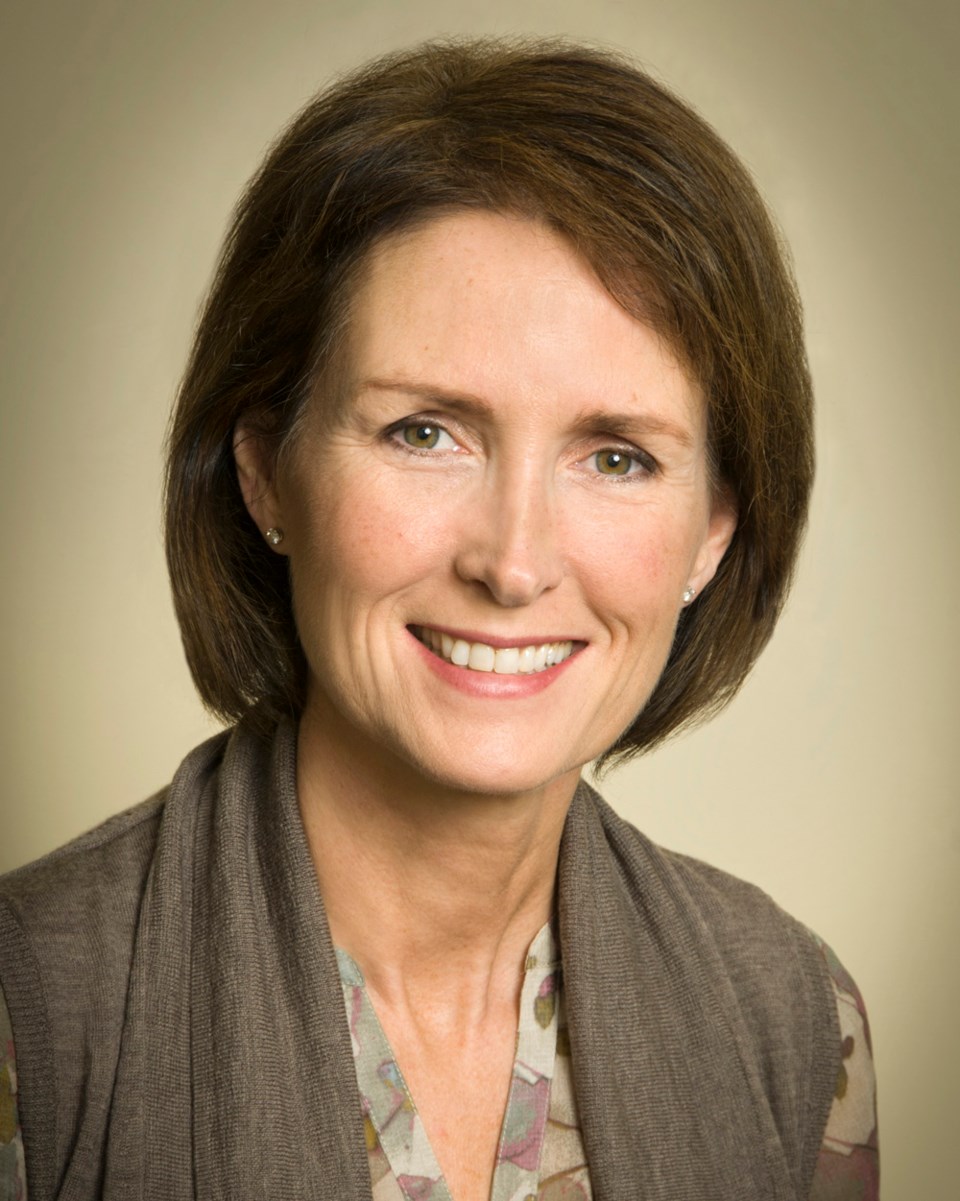B.C.’s children’s watchdog says she would be willing to review the use of isolation rooms for special needs students in public schools.
Mary Ellen Turpel-Lafond, Representative for Children and Youth British Columbia, would give “serious consideration” to heading an inquiry if asked by the government.
“It isn't in my mandate, just because I don't really have oversight of the school system. However, I do have the ability to do special reports and investigations when directed or asked by say, government,” Turpel-Lafond told The Record.
“I’ve seen the call from the Opposition critic, and I believe the community organization that did the survey (Inclusion B.C.), but I haven’t been asked by government. I’d give serious consideration to it, if I was asked, but I haven’t been.”
Inclusion B.C.’s executive director, Faith Bodnar, and the NDP’s education critic, Rob Fleming, put out the call last week that Turpel-Lafond be asked to review the use of safe rooms, which are used in schools throughout British Columbia, including in New Westminster, for students with special needs.
For Bodnar, one of the issues is the fact that there isn’t a province-wide policy on the use of the rooms, and there is no tracking system in place. (The issue isn’t related to students who may want a space they can go to be alone.)
Bodnar’s agency conducted a survey, which more than 300 parents and guardians responded to. After the results were revealed last month, Premier Christy Clark promised a probe into the use of the rooms.
The survey responses paint a grim picture of how special needs students, ranging from age from five to 19, are sometimes treated in public schools, including reports of being dragged to rooms, physically restrained and pushed.
"I guess it's really up to government in terms of it how it wants to respond to these issues," said Turpel-Lafond, who read the Inclusion B.C. survey responses.
“It’s a significant concern,” she said, and cited a report she did earlier this year on a boy in foster case who had been restrained in a de-escalation room. In her report, she called for the end of the use of seclusion in residential facilities to manage behaviour.
“You could see that him being placed in seclusion, as a way to manage his behaviour, was actually more traumatic,” Turpel-Lafond said.
“I've been very active on these issues for that group of children – children living out of their parent's homes,” she said, adding the boy who she reported on last spring wasn't in school, so she didn't look at school-based issues.
Turpel-Lafond didn’t want to say whether it was appropriate for schools to use seclusion rooms until after a review.
“I wouldn't want to make an assessment of that one way or the other without carefully looking at it,” she said. “But it would be clear to me just from looking at the field that this isn't something that has been comprehensively looked at for some time."
As well, Turpel-Lafond, a judge (on leave from the Provincial Court of Saskatchewan) who has been in her role for six years, noted that sometimes a child has to be restrained for their own safety or the safety of others.
"There's no question that there may be appropriate policies in place, but after it happens, is there reporting, is there review, is there accountability? Are parents informed? All of these things are crucial,” she said.
In her report on the boy in foster care, Turpel-Lafond found many of these elements were missing, which is why she recommended discontinuing the use of the isolation rooms.
“It's not a jail,” she said, referring to the case in question. “You don't get to deprive a child of their liberty.”
As the representative, Turpel-Lafond’s office is independent and does not report through a provincial ministry.
Education Minister Peter Fassbender was not available for comment. Ministry of Education spokesperson Ben Green
said it is the ministry’s expectation that all school districts have clear policies and procedures regarding the use of restraint and so-called “calming” or isolation rooms.
“This includes the expectation that all employees who interact with students understand these policies and that there are clear communication protocols with parents when such measures are used,” he said in a statement.
The ministry has canvassed all school districts to inquire about their current policies and procedures and also intends to distribute recommended guidelines and practices that boards of education may choose to adopt in their respective districts, he wrote. The ministry is inviting B.C.’s Representative for Children and Youth, Inclusion B.C. and the B.C. Confederation of Parent Advisory Councils to be part of this process, according to Green.
The ministry will also regularly inquire through the districts’ safe school coordinators as to how the districts are making all their employees aware of their board’s policies and procedures on student restraint, he said.



